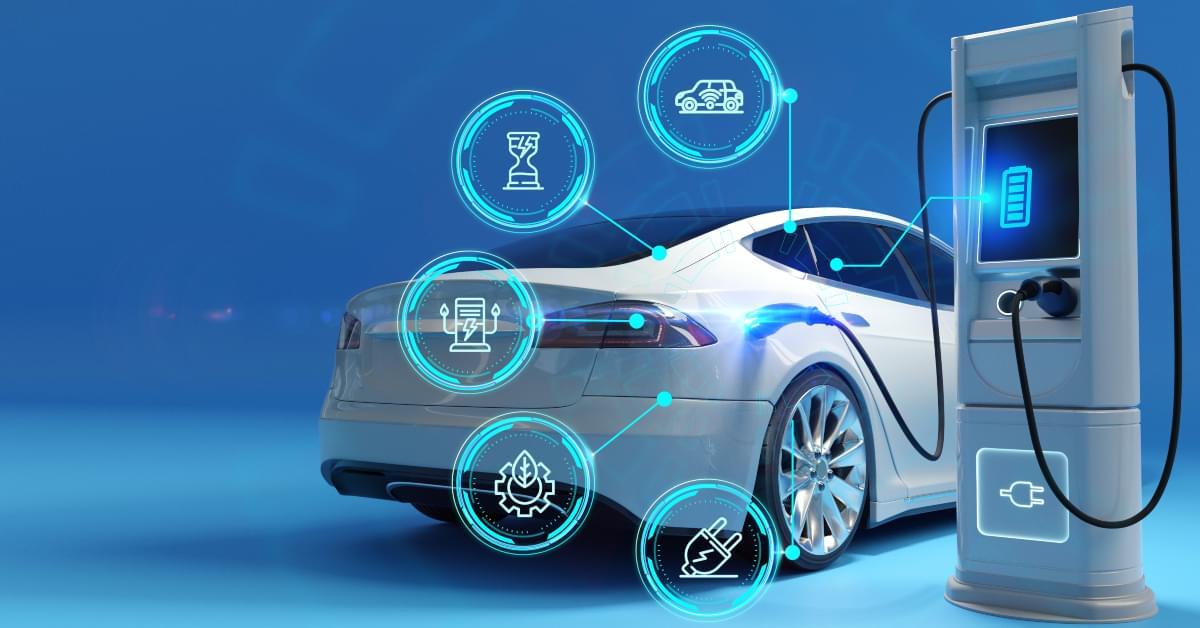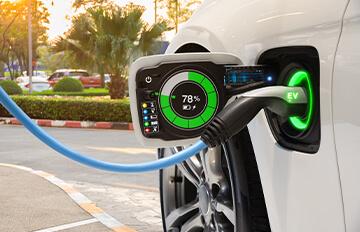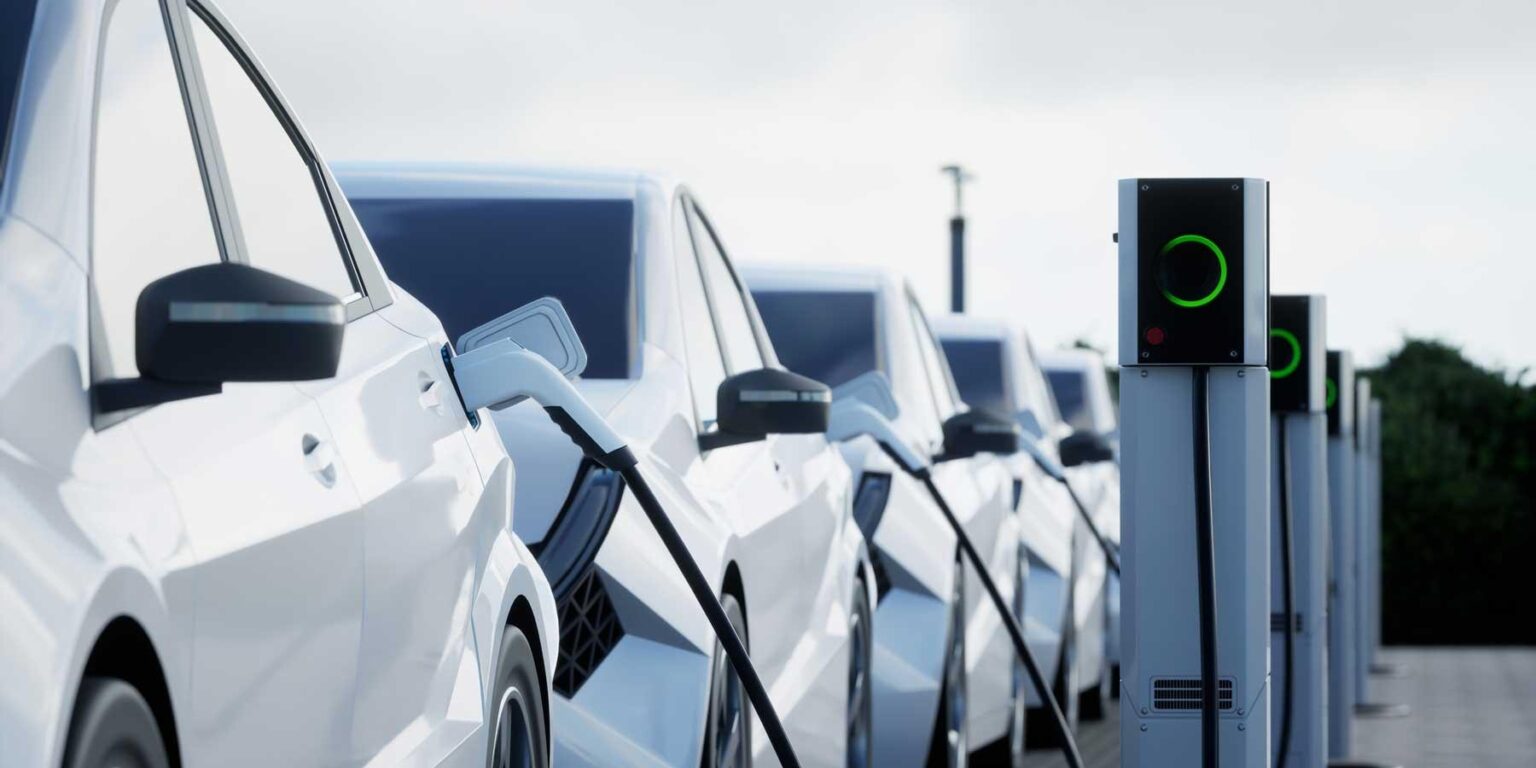In the vibrant landscape of India’s transportation sector, a silent revolution is underway, propelled by the rapid advancements in electric vehicle (EV) technology. As urban pollution and climate change loom larger as pressing challenges, the shift towards electric mobility emerges not just as a trend but as a necessity. With government initiatives, increasing consumer awareness, and a burgeoning infrastructure of charging stations, the future of electric vehicles in India holds significant promise. This article delves into the dynamics driving this transformation, exploring the technological innovations, policy frameworks, and societal shifts that are set to redefine how Indians travel in the years to come. Charging ahead, the nation is poised to embrace a cleaner, smarter, and more sustainable future on its roads.
The Rise of Electric Mobility in India’s Urban Landscape
In the bustling cities of India, the shift towards electric mobility is not merely a trend but a necessary evolution for sustainable urban transport. With increasing pollution levels and the pressing need for cleaner alternatives, local governments and private companies are rapidly expanding their electric vehicle (EV) fleets. Initiatives like government subsidies and charging infrastructure developments are propelling this movement forward, making EV ownership more accessible than ever. The integration of technology in these vehicles is also noteworthy, as innovations in battery life and charging times are attracting a broader consumer base.
The transformation of the urban landscape is further accentuated by collaborative efforts between manufacturers and service providers, aiming to create a seamless experience for drivers. Key strategies include:
- Public-Private Partnerships: Joint ventures to enhance charging station availability.
- Incentives for Consumers: Financial benefits for purchasing EVs.
- Community Engagement: Awareness programs educating citizens on the benefits of electric mobility.
As cities reimagine their transportation networks, the potential for electric vehicles to reduce congestion and improve air quality becomes increasingly evident. The journey towards an electrified future is not just about vehicles-it’s about rethinking urban mobility.

Infrastructure Innovations for a Sustainable Charging Network
As India accelerates its transition to electric mobility, the development of a sustainable charging network is paramount. Innovative infrastructure solutions are emerging to address this need, including the deployment of solar-powered charging stations, which utilize renewable energy to power electric vehicles (EVs). These stations not only reduce dependence on fossil fuels but also minimize operational costs. The integration of smart grids further enhances efficiency by enabling real-time energy management, allowing for dynamic load balancing and responsive energy distribution across the network.
Moreover, the use of modular charging units enables scaling infrastructure with demand. As cities expand, these adaptable units can be easily integrated into existing urban layouts. Public-private partnerships are also critical, bringing together government entities and private sector innovators to develop a comprehensive network across urban and rural landscapes. In this collaborative environment, infrastructure innovations such as fast-charging technologies can drastically reduce charging times, making EVs more accessible and user-friendly. The future of EV infrastructure in India promises not just growth but a significant advance towards a sustainable transportation ecosystem.
Government Policies Shaping the Electric Vehicle Ecosystem
The Indian government is committed to accelerating the growth of the electric vehicle (EV) sector through a variety of progressive policies. Key initiatives such as the Faster Adoption and Manufacturing of (Hybrid) Electric Vehicles (FAME) scheme aim to provide financial incentives and subsidies for both manufacturers and consumers. In addition, states are encouraged to develop their own policies that align with national goals, resulting in a wave of local incentives that enhance the appeal of electric vehicles. Some noteworthy strategies include:
- Tax reductions for EV purchases
- Investment in charging infrastructure
- Encouragement for R&D in battery technology
Moreover, the government’s push towards sustainability has led to the implementation of stricter emission norms, compelling traditional automakers to innovate swiftly. This regulatory environment not only boosts consumer confidence but also fosters a competitive market ripe for new entrants. The ultimate vision is a comprehensive ecosystem where electric vehicles will thrive alongside robust support networks. Essential components of this vision include:
| Component | Description |
|---|---|
| Charging Stations | Increased availability ensures convenience for EV users. |
| Public Awareness Campaigns | Educating consumers on the benefits of EVs. |
| Partnerships with Private Sector | Collaborations to enhance infrastructure and technology diffusion. |
Consumer Perspectives and the Path to Widespread Adoption
The journey towards widespread adoption of electric vehicles (EVs) in India heavily hinges on consumer perspectives. A significant factor influencing this shift is awareness of the environmental benefits, alongside increasing concerns about air pollution. As consumers become better informed, a greater number are likely to consider the long-term cost savings associated with EV ownership, such as reduced fuel expenses and lower maintenance costs. The infusion of government incentives and subsidies further sweetens this deal, prompting potential buyers to rethink their transportation choices.
Moreover, addressing range anxiety and the availability of charging infrastructure is crucial for consumer acceptance. Potential buyers are increasingly looking for reassurance in the form of enhanced charging networks and battery technology advancements. Key factors include:
- Public Charging Stations: Essential for urban commuters.
- Home Charging Solutions: Increasing convenience for residential users.
- Battery Range Improvements: Extending the distance per charge to meet consumer needs.
By focusing on these areas, manufacturers can better align their offerings with consumer expectations, thus accelerating the transition to a cleaner and more sustainable future in transportation.
Future Outlook
As we stand on the brink of a transformative era in transportation, India’s journey toward electric vehicles is not just a revolution but a necessity for sustainable growth. With innovation at the forefront and an ever-expanding infrastructure, the adoption of electric vehicles promises to reshape urban landscapes, reduce our carbon footprint, and boost local economies. The road ahead may be fraught with challenges-from technological advancements to policy frameworks-but the destination is clear: a cleaner, greener future. Together, as consumers, manufacturers, and policymakers unite, we can accelerate this momentum and drive change that will lead India into a bright, electrified future. Let us embrace this shift with open arms, ensuring that the wheels of progress continue to turn-a testament to our commitment to both innovation and the environment.












